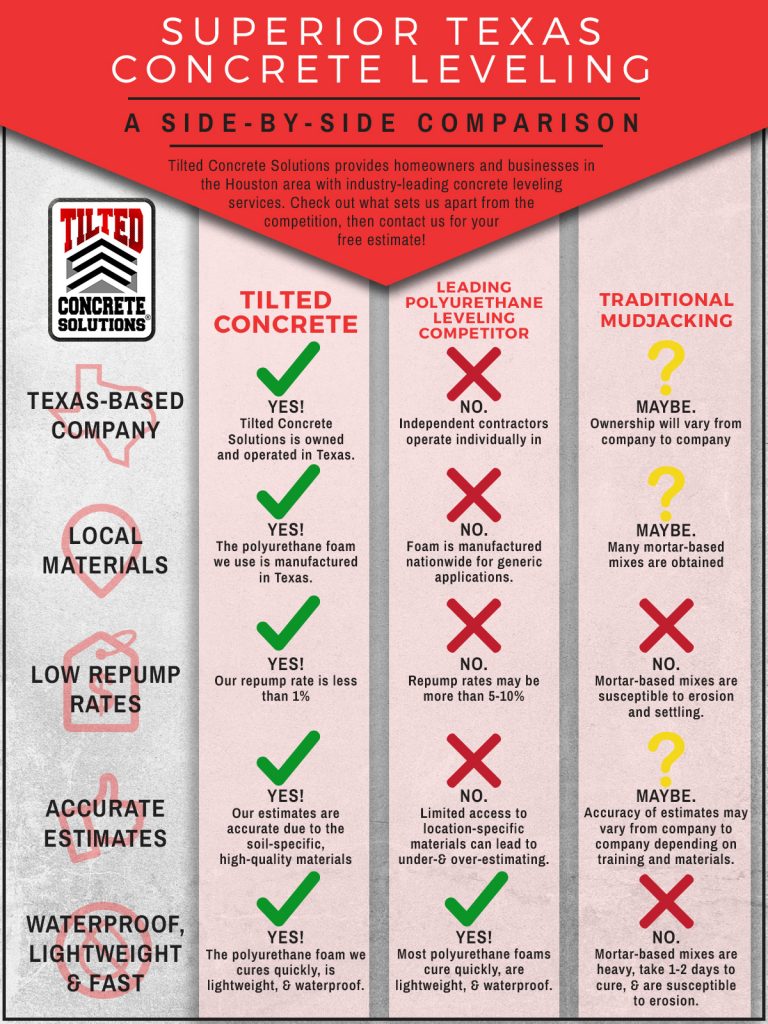Discover Exactly How Seasonal Impacts Can Impact The Efficiency Of Industrial Exterior Paint And Learn The Most Desirable Times To Make Certain Long Lasting Outcomes For Your Project
Discover Exactly How Seasonal Impacts Can Impact The Efficiency Of Industrial Exterior Paint And Learn The Most Desirable Times To Make Certain Long Lasting Outcomes For Your Project
Blog Article
Team Author-Burnham Chaney
When you're preparing a business external painting job, seasonal variables can make or break your results. You'll intend to take into consideration exactly how temperature level and humidity influence paint application and drying times. Choosing the appropriate period can guarantee your paint adheres appropriately and lasts longer. But which seasons are really the most effective for this type of work? Let's explore the key elements that can impact your task's success.
The Impact of Temperature Level on Paint Application
When you're intending a commercial exterior painting task, the temperature level can dramatically impact how well the paint sticks and dries out.
Ideally, you want to paint when temperature levels range in between 50 ° F and 85 ° F. If it's as well cool, the paint might not treat appropriately, bring about concerns like peeling off or fracturing.
On the other hand, if it's as well warm, the paint can dry as well rapidly, avoiding proper attachment and causing an uneven surface.
You should likewise think about the moment of day; early morning or late afternoon supplies cooler temperatures, which can be much more desirable.
Constantly inspect the producer's suggestions for the details paint you're making use of, as they commonly offer guidance on the excellent temperature range for optimal outcomes.
Moisture and Its Impact on Drying Times
Temperature isn't the only environmental variable that affects your commercial outside painting task; moisture plays a considerable role also. High moisture degrees can reduce drying out times significantly, affecting the total top quality of your paint work.
When the air is filled with wetness, the paint takes longer to cure, which can result in concerns like poor bond and a higher danger of mold development. If you're repainting on a particularly damp day, be gotten ready for extensive delay times in between coats.
It's vital to keep track of neighborhood climate condition and plan as necessary. Preferably, go for humidity levels in between 40% and 70% for ideal drying out.
Maintaining these factors in mind guarantees your task stays on track and delivers a long-term coating.
Best Seasons for Commercial Exterior Painting Projects
What's the best season for your industrial exterior paint jobs?
Springtime and very early autumn are normally your best bets. Throughout these periods, temperatures are mild, and moisture degrees are usually lower, creating perfect conditions for paint application and drying.
Prevent summer season's intense heat, which can trigger paint to completely dry as well promptly, causing inadequate adhesion and surface. Similarly, wintertime's cold temperatures can hinder correct drying out and treating, running the risk of the long life of your paint job.
Aim for days with temperatures between 50 ° F and 85 ° F for ideal outcomes. Bear in mind to inspect the local weather report for rain, as damp conditions can ruin your job.
Preparation around these aspects ensures your paint project runs smoothly and lasts much longer.
Conclusion
Finally, planning your industrial external paint tasks around seasonal considerations can make a considerable distinction in the result. By scheduling job during the ideal temperatures and humidity levels, you'll make sure much better adhesion and drying times. Keep in https://www.goodhousekeeping.com/home/decorating-ideas/g29831845/paint-color-trends-2020/ to watch on local weather forecasts and pick the right time of year-- spring and very early autumn are your best options. Taking these actions will certainly help you accomplish a long lasting and specialist finish that lasts.
